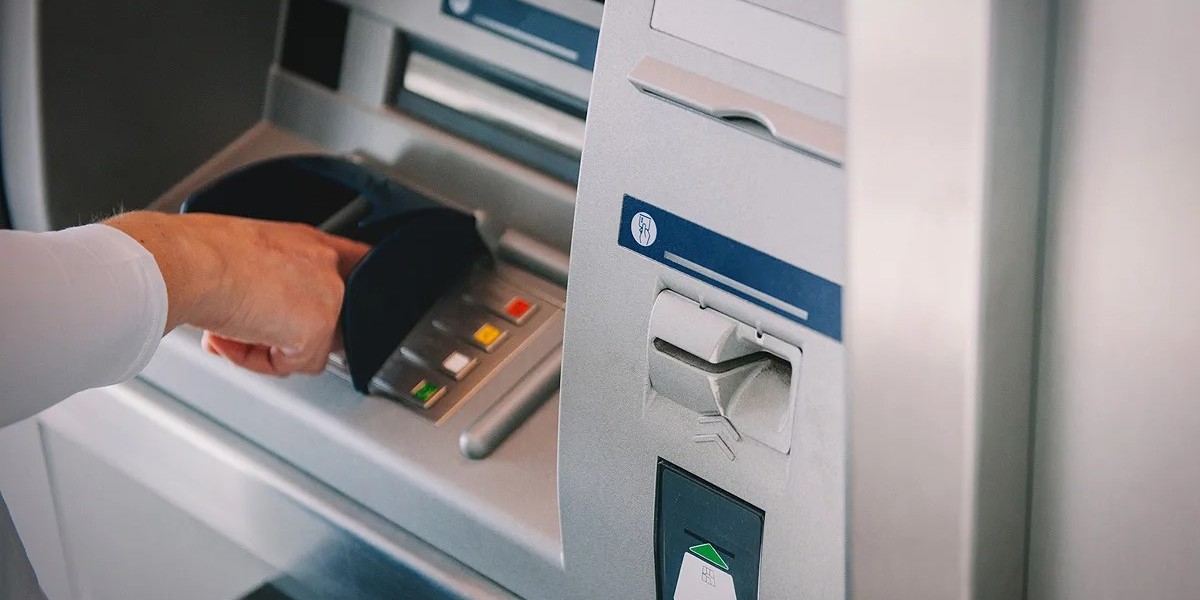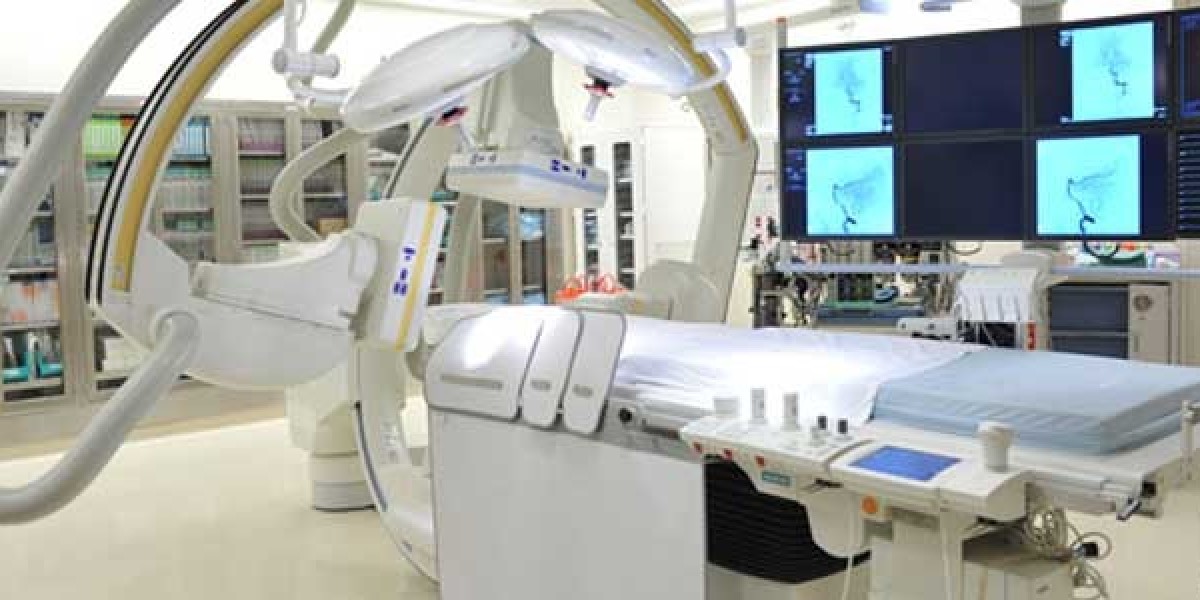The ATM security market is at a pivotal juncture, as the landscape of threats continues to evolve, spanning both physical and digital domains. What was once a relatively straightforward focus on protecting ATMs from theft and vandalism has now expanded to a broader, multi-layered strategy that includes robust cyber defenses. With increasing dependence on ATMs for everyday banking and the rise of digital payments, securing the ATM infrastructure has become more complex, requiring a comprehensive approach that addresses both physical security vulnerabilities and the growing risk of cyber threats.
The Changing Market Scenario
The rise of technological advancements in banking, such as the shift to digital and contactless payments, has led to a fundamental transformation of the ATM security market. Traditional ATMs were isolated machines, and their primary threats were physical in nature, such as break-ins, skimming devices, and brute force attacks. However, as ATMs became more interconnected with digital banking networks and incorporated new technologies, they became more vulnerable to a range of cybersecurity threats.
The growing use of ATMs for a variety of services, from cash withdrawals to bill payments and account transfers, has made them increasingly attractive targets for cybercriminals. ATMs are now not just connected to the local bank’s physical security system but are part of a much larger, interconnected infrastructure that includes payment processors, cloud storage, and mobile platforms. This broader network increases the number of entry points for malicious attacks, making it critical for banks and financial institutions to secure both the physical machines and the data they manage.
Physical Security: The Foundation of ATM Protection
For years, the focus of ATM security was on physical protection. Financial institutions took extensive measures to secure ATM machines from physical theft and tampering. These included the installation of reinforced ATM enclosures, surveillance cameras, alarm systems, and anti-theft devices, such as time-locks on cash dispensers. Many of these strategies were designed to prevent direct access to the machines, deterring criminals from installing skimming devices or attempting to force their way into the machines.
Physical protection has remained crucial, particularly in regions with high levels of criminal activity or in isolated locations, such as remote ATMs. ATM enclosures are typically reinforced with durable materials to prevent physical break-ins, and the placement of ATMs in well-lit, highly visible areas further minimizes the risk of attack. Additionally, real-time monitoring and on-site security measures, such as security guards and mobile patrols, continue to be part of many banks’ comprehensive ATM security strategies.
Despite the importance of these physical measures, the rise of more sophisticated threats has highlighted the need for an equally robust defense in the realm of cybersecurity.
Cyber Defense: Responding to the Digital Threat Landscape
With the increasing interconnectedness of ATMs, the potential for cyber threats to compromise ATM infrastructure has grown exponentially. Cybercriminals now target ATMs through a variety of methods, including malware, ransomware, jackpotting, and remote hacking. These attacks exploit vulnerabilities in the software, networks, and payment processing systems that support ATMs, bypassing traditional physical defenses entirely.
One of the most alarming examples of cybercrime in the ATM sector is “jackpotting,” where hackers use malware to remotely take control of an ATM and cause it to dispense large sums of cash. This type of attack can be carried out from anywhere in the world, making it particularly difficult to track and prevent. As the financial services industry becomes more reliant on digital infrastructure, the integration of stronger cybersecurity measures within ATM systems has become essential.
To safeguard against these emerging threats, banks are increasingly implementing a combination of firewalls, intrusion detection systems, encryption, and multi-factor authentication (MFA) to protect ATM systems from cybercriminals. These defenses help secure the data exchanged between ATMs, payment processors, and banking servers, ensuring that sensitive customer information is protected during every transaction.
Market Scenario and Industry Response
The market for ATM security is growing in response to these complex challenges, with financial institutions and ATM manufacturers continually developing new security solutions to address the evolving threat landscape. As cybercriminals refine their techniques, the demand for advanced security technologies is increasing, creating opportunities for companies that specialize in ATM protection and cybersecurity.
There is also a growing recognition among financial institutions that securing the ATM infrastructure requires a more integrated approach, combining physical and cyber defenses into a cohesive strategy. Many banks are now looking for solutions that provide end-to-end security, which encompasses everything from the physical integrity of the ATM machine itself to the encryption of transaction data and the protection of networks against cyber threats.
Market Opportunities
As the ATM security market evolves, there are several key opportunities for both technology providers and financial institutions. For technology vendors, there is significant demand for integrated security solutions that combine both physical and cyber defenses. Companies that offer ATM monitoring systems, anti-malware tools, biometric authentication, and encrypted transaction solutions are well-positioned to capitalize on this growing demand.



